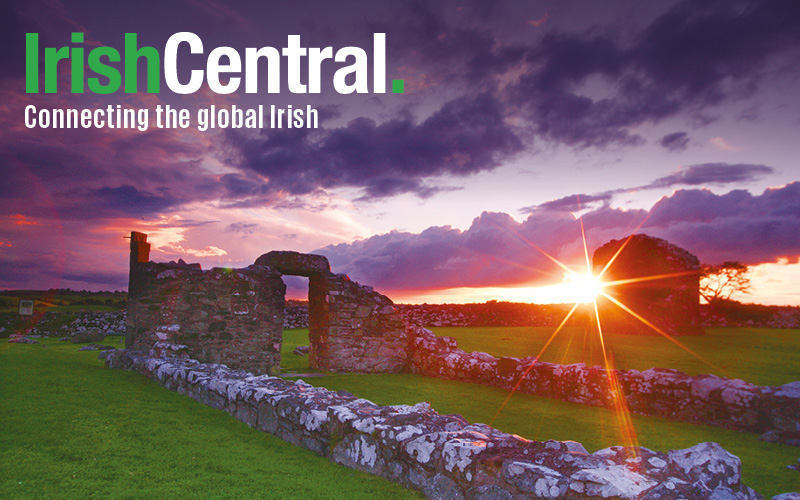Smokey Bear told us: “Only we can prevent forest fires.” But behind him was a vast and growing firefighting bureaucracy, equipped with fleets of heavy equipment, aerial tankers, helicopters and satellite guided workforces.
This firefighting juggernaut has not only crushed many would be disastrous fires over the years, but many beneficial ones as well.
This firefighting juggernaut has not only crushed many would be disastrous fires over the years, but many beneficial ones as well.
Many of the forests protected by these fire fighting efforts have also been shielded from best forest management practices. In the name of restoring our forests to their former pre-mankind condition, man was taken out of the equation. As a result, many of our forests are unnaturally overgrown with decades of underbrush, dry branches and millions of disease ridden trees.
But the west is now on fire and reports say some of these fires have been caused by arson. This leads many to believe that America's national security Achilles heel, is it's tinder dry, over protected, overgrown forests, which can instantly be transformed into mega-fires with one match.
The Lake Tahoe basin which sits on the border of California and Nevada was managed by a maze of bureaucratic environmental agencies. Through ineptitude, these agencies did not allow property owners to even hand clean brush on their property, in the fear that it would intrude on the "natural state" of the forest.
As a result of this idiotic forest management practice, the area was consumed by a mega fire which burned down 253 homes and consumed 3,100 acres……This is just 1 small forest area out of hundreds of thousands of square miles being subjected to the same or similar practices.
But there is a solution to the madness which has proven over and over again to work. When these rampaging fires reach privately managed forest land, they are checked.
Privately owned or leased forests, are maintained to produce a healthy vibrant environment which can in turn, be used to harvest timber and forest products. They are in the business of having forests of healthy trees and do what’s necessary to make them that way.
I spoke to Tom Ray, vice president of northwest resources for Plum Creek Corporation. Plum Creek is the largest and most geographically diverse private timberland owner in the United States with approximately 6.6 million acres of timber in major timber producing regions of the country.
Tom helps manage his company’s land according to the Sustainable Forest Initiative, which looks out for the best long term care of their forests. These practices include thinning-harvesting of timber and brush clearing as necessary.
Managing the land in a healthy vibrant condition is good for the forests as well as for the owners of the property.
Tom said out of control fires on public lands that have swept into managed forests, have been stopped. The fire intensity lessened due to the availability of less fuel and the presence of access roads on managed forests allowed personnel to reach the fires.
Much of Plum Creeks 6.6 million acres of land is open to the public for recreation purposes as well, showing that private forest land management is compatible with public use.
When you look at the ability of just one corporation to successfully manage 6.6 million acres of forest land, it doesn’t take much to wonder why some of these practices aren’t transferred to our national and state forestlands. After all, the public can have access to these privately managed lands that are not dry diseased tinderboxes.
Peter Kolb, Associate Professor of Forest management at the University of Montana has been observing the effects of public policies affecting forests across the Northern Rockies for years.
Kolb has determined that forests can benefit from well planned and thoughtful tree harvesting in order to help revitalize forest landscapes that have become homogenized by a combination of past climatic phases and fire suppression, which produce mega fires.
He feels it is best to create a forest with greater species and structural diversity using a combination of thinning and irregular sized” patch” cuts. These types of mosaics in the forest have been shown to provide firebreaks, good habitat enhancement for wildlife and a birthplace for a new generation of trees.
Such management emulates historic natural process and forests can be made more resilient and functional for the future…. This is the definition of conservation – “to keep “functioning” rather than “restoration” which is to bring back to the way it was.
But many conservation groups seem to be stuck with the outdated concept of bringing forests back to a snapshot of 200 years ago
Perhaps we should be focusing more on what it will take to keep forests healthy and functional in the future. It seems obvious that the hands-off approach is not working all that well, and costing us an enormous federal bankroll we can ill afford.
Private companies could provide active forest management more consistent with conservation, and at no cost. But rather could provide tax revenue and jobs, in exchange for harvesting some timber across the vast national forests of the west.
Forestry, logging and science, have come a long way over the decades, it’s time to move into the future and allow a different paradigm to take over. It’s time to help our forests cope with changes in climate and the wildfires and insect outbreaks that come with them in unprecedented destructive waves.
The most unique gifts: Time capsules in American and world history: lifemagforsale.
For other points of view visit Carroll Standard: carrollstandard.com
For other points of view visit Carroll Standard: carrollstandard.com




Comments